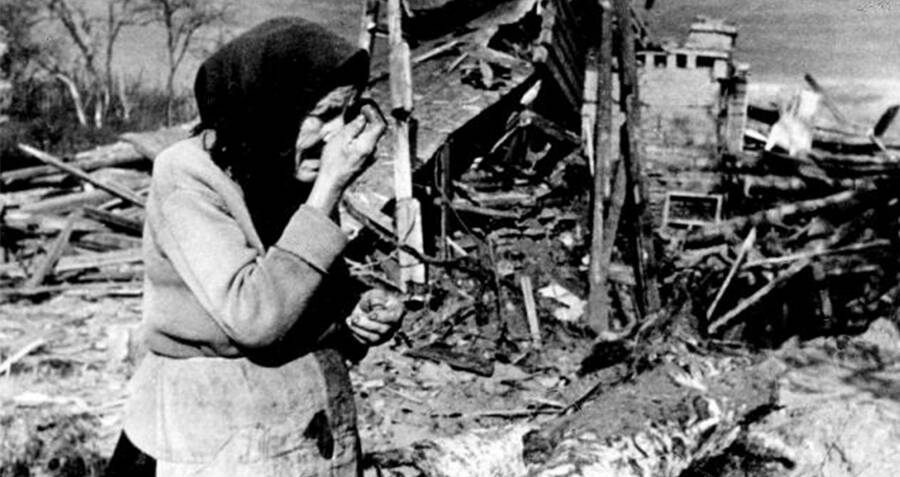NOVEMBER 5, 2021 – Nine hundred days was the duration of the German siege of Leningrad during World War II. More precisely, it was 872 days—September 8, 1941 to January 27, 1944—but after such mass-scale, civilian suffering, Leningraders (now St. Petersburgers) and historians rounded up—as did American Pulitzer Prize winning journalist, Harrison Salisbury, whose 635-page, seminal history of the episode is entitled, The 900 Days: The Siege of Leningrad. More to the point, happy days didn’t magically return on Day #873—the war continued for more than another year.
The other night I watched another 900 Days—a prize-winning work by Dutch documentarian, Jessica Gorter. In the film she interviews elderly survivors and reveals their souls only as 19th century Russian literary giants could. If for that reason alone, the documentary is well worth viewing. https://www.youtube.com/watch?v=ckwBm_Xi0z0
Ms. Gorter’s presentation exposes mixed reactions. One couple expressed only disdain for propagandistic treatment of the tragedy, while several women among a group of engineers—all women—insisted that Stalin was a hero. One of the group, however, harbored deep resentment over the fate of her father—celebrated as a hero of the siege, then after the War, perceived as an enemy of the people and sentenced to prison-labor in a uranium mine. Another couple argued over the occurrence of cannibalism—the wife adamant about evidence she witnessed; her husband skeptical because he’d never seen it with his own eyes.
The survivors’ heartrending stories were reminiscent of accounts by survivors of the Nazi death camps.
The first winter—the coldest and snowiest in a century—was the worst. Tens of thousands died of freezing and starvation. Many collapsed on the streets. Many more perished in their beds. To bury all the corpses, malnourished brigades had to set off explosives to break up the frozen earth for mass graves. For months, only by a treacherous ice road over Lake Ladoga lying east of the besieged city did minimal supplies trickle in and a few civilians straggle out.
Hitler sought to eliminate the entire population of Leningrad. He succeeded by half: nearly 1.5 million civilians perished by the time the Wehrmacht – Nord Gruppen was finally pushed back. But plenty of blame has been assigned to Stalin, who, before the War, had purged the officer corps from the Red Army; who’d gone into panicked hiding at the outset of the German invasion.
I visited Leningrad 37 years after the siege. By that time, “The Hero City,” as it became known, bore few outward signs of its tragedy. On a more recent visit to St. Petersburg, we toured the shores of Lake Ladoga—and the battlefield along the Neva between the lake and the city, where the Red Army fought bravely to establish a toehold from which to launch a wider offensive. As our guide’s narrative brought history alive, I felt overwhelmed by humanity’s inhumanity to humanity.
I dedicate this post—my 900th—to the memory of those who suffered during the 900-Day Siege.
(Remember to subscribe to this blog and receive notifications of new posts by email.)
© 2021 by Eric Nilsson
